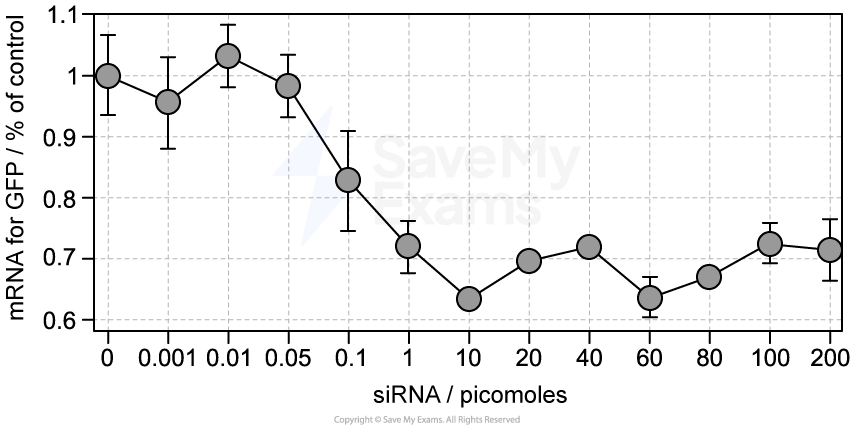Regulatory sequences are involved in the control of gene expression.
Which of the following correctly describes regulatory sequences?
Proteins that bind to regulatory molecules and initiate transcription.
Regions of DNA that interact with regulatory proteins to control transcription.
Ribosomal RNA molecules that regulate translation.
Structural genes that code for enzymes for metabolic pathways.
Did this page help you?





